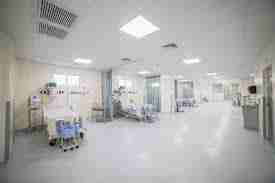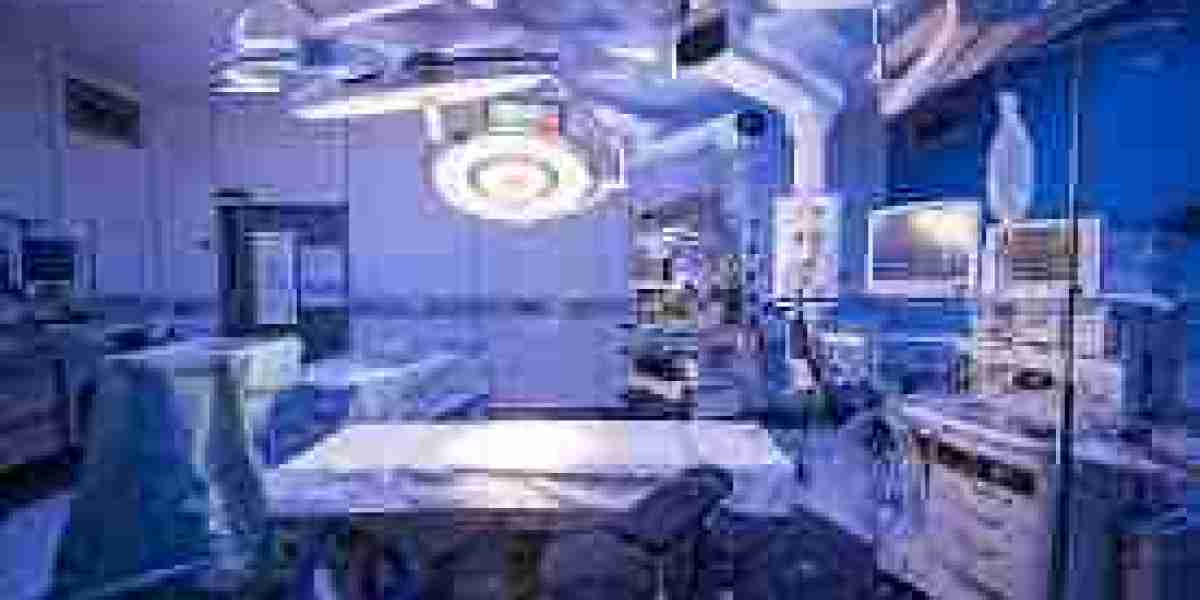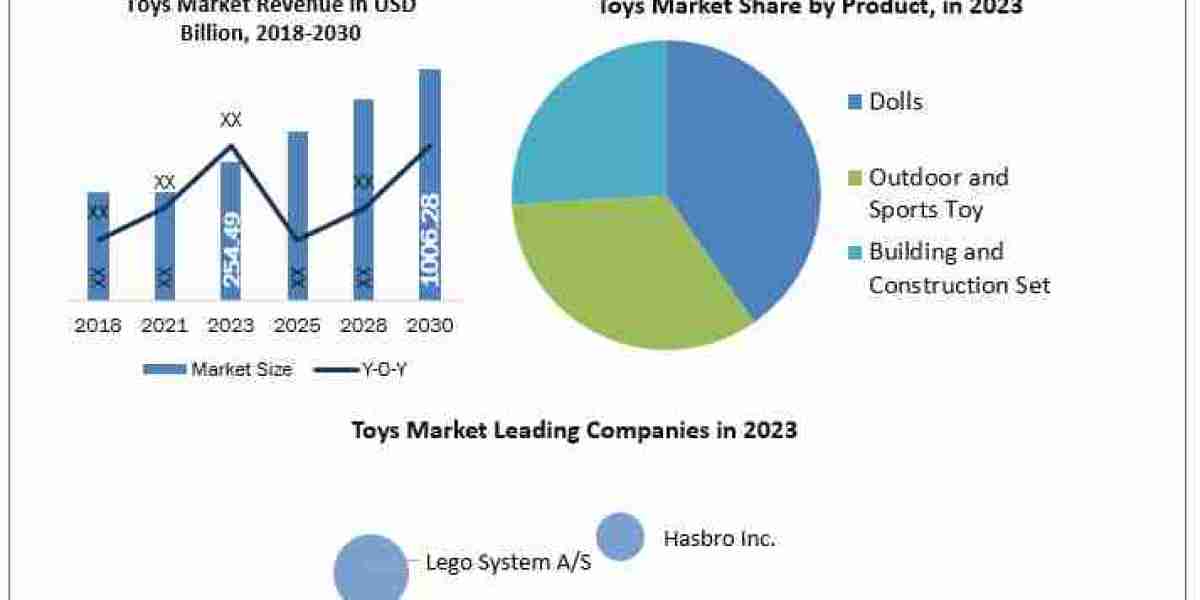The hospital lights market is undergoing significant development as the healthcare industry embraces modern technologies, energy-efficient systems, and improved patient care models. Hospitals today demand more than just illumination—they seek intelligent, human-centric lighting solutions that align with safety, hygiene, operational efficiency, and patient comfort. This article delves into the developmental trajectory of the hospital lighting sector, analyzing the forces shaping the market and how manufacturers are responding to new expectations.

1. Shift Toward Smart Lighting Technologies in Hospitals
Hospital lighting is rapidly transitioning from conventional systems to smart, sensor-based technologies. These lighting systems are equipped with motion detectors, ambient light sensors, and programmable features that enable automatic adjustment based on room occupancy, time of day, or medical need.
Smart lighting not only reduces energy consumption but also supports staff workflows. For example, in operating rooms or ICUs, the ability to control lighting remotely or hands-free improves hygiene and workflow efficiency. The development of such responsive lighting systems marks a significant leap in the evolution of hospital infrastructure.
2. Emphasis on Patient-Centered Lighting Design
Recent development in hospital lighting design revolves around enhancing the healing environment. Research shows that lighting affects sleep, mood, and recovery. As a result, healthcare facilities are now integrating tunable lighting that mimics natural daylight, promoting circadian rhythm alignment for patients.
These patient-centric designs include dimmable lights in recovery rooms, low-glare lights in neonatal units, and color-adjustable LEDs in psychiatric wards. Such innovations are central to new hospital construction projects and major renovation efforts worldwide.
3. Compliance With Stringent Regulatory and Safety Standards
Lighting in hospitals must comply with a range of regulatory standards to ensure safety, hygiene, and functionality. Development in this area includes:
Anti-bacterial coatings on light fixtures
Ingress protection (IP) rated lighting in sterile environments
Fail-safe emergency lighting systems for power outages
IEC and EN certifications for surgical-grade luminaires
These developments are not just about regulatory compliance but are seen as value additions that improve the trustworthiness and durability of hospital lighting systems.
4. Integration With Building Management and IoT Systems
An emerging area of development is the integration of lighting systems with hospital-wide building management platforms and IoT networks. This allows for real-time data tracking, predictive maintenance, and centralized control of lighting across departments.
For instance, lighting can be programmed to operate in sync with HVAC and occupancy sensors, improving overall hospital energy management. This smart infrastructure development reduces operational costs and contributes to sustainable healthcare facility models.
5. Customization and Modular Lighting Systems
Modern hospitals require modular and adaptable lighting designs due to the diversity of their functions—surgical, diagnostic, administrative, and residential spaces. New developments include customizable fixtures that can be easily adjusted or replaced without extensive rewiring.
Manufacturers are increasingly offering modular lighting systems that are quick to install, easy to maintain, and suited for phased upgrades. These developments are especially beneficial in large hospitals looking to modernize lighting without disrupting medical operations.
6. Rising Demand for Aesthetic and Architectural Integration
In addition to functionality, hospital planners are now prioritizing aesthetic harmony in lighting. Lighting is no longer just a technical element but part of architectural expression and interior design. Development in this area includes:
Indirect lighting systems
Concealed fixtures
Soft-edge downlighting
Accent lighting for artworks and signage
These elements contribute to a welcoming hospital environment, particularly in outpatient departments, pediatric units, and lobbies.
7. Sustainable and Environmentally Friendly Lighting Solutions
Environmental sustainability is a driving force in the development of hospital lighting. LED systems have already reduced energy footprints, but the next phase of development includes:
Recyclable materials in lighting hardware
Solar-powered lighting for auxiliary hospital structures
Lifecycle assessments integrated into product design
Smart daylight harvesting systems
These sustainable developments align with global initiatives to reduce hospital carbon emissions and operating expenses.
8. Market Collaboration and Product Innovation
Development in the hospital lights market is also being shaped by strategic collaborations between manufacturers, healthcare architects, and medical equipment companies. These partnerships facilitate product innovation tailored to clinical needs.
Examples include co-developed surgical lights with integrated HD camera systems for teaching hospitals, or hybrid fixtures that combine ambient and task lighting in one unit. Such collaborative development ensures that lighting keeps pace with advancements in medical technology and patient care practices.
Conclusion
The development of the hospital lights market reflects a dynamic fusion of technology, regulation, design, and patient care. As healthcare environments evolve into smart, safe, and healing spaces, lighting systems must keep up with complex requirements and user expectations.
Manufacturers investing in responsive technology, customization, and sustainability are well-positioned to lead this evolving market. With continued innovation and collaboration across the healthcare ecosystem, hospital lighting is set to become even more integral to modern healthcare delivery and facility management.




